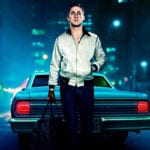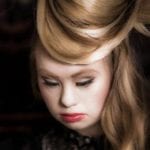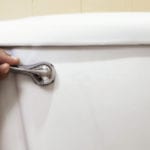 Music
Music  Music
Music  History
History 10 Less Than Jolly Events That Occurred on December 25
 Weird Stuff
Weird Stuff 10 Funny Ways That Researchers Overthink Christmas
 Politics
Politics 10 Political Scandals That Sent Crowds Into the Streets
 Weird Stuff
Weird Stuff Ten Bizarre Facts About The Doge Meme
 Our World
Our World 10 Ways Your Christmas Tree Is More Lit Than You Think
 Movies and TV
Movies and TV The 10 Coolest Stars to Set Sail on The Love Boat
 History
History 10 Things You Didn’t Know About the American National Anthem
 Technology
Technology Top 10 Everyday Tech Buzzwords That Hide a Darker Past
 Humans
Humans 10 Everyday Human Behaviors That Are Actually Survival Instincts
 Music
Music 10 Surprising Origin Stories of Your Favorite Holiday Songs
 History
History 10 Less Than Jolly Events That Occurred on December 25
 Weird Stuff
Weird Stuff 10 Funny Ways That Researchers Overthink Christmas
Who's Behind Listverse?

Jamie Frater
Head Editor
Jamie founded Listverse due to an insatiable desire to share fascinating, obscure, and bizarre facts. He has been a guest speaker on numerous national radio and television stations and is a five time published author.
More About Us Politics
Politics 10 Political Scandals That Sent Crowds Into the Streets
 Weird Stuff
Weird Stuff Ten Bizarre Facts About The Doge Meme
 Our World
Our World 10 Ways Your Christmas Tree Is More Lit Than You Think
 Movies and TV
Movies and TV The 10 Coolest Stars to Set Sail on The Love Boat
 History
History 10 Things You Didn’t Know About the American National Anthem
 Technology
Technology Top 10 Everyday Tech Buzzwords That Hide a Darker Past
 Humans
Humans 10 Everyday Human Behaviors That Are Actually Survival Instincts
10 Unresolved Mysteries From Down Under
As far as settings go, there’s no better place for a mystery than Australia. Wild, rugged, and filled with vast expanses hardly touched by human hands—there’s plenty of space for people to disappear into. It’s romantic, beautiful, and undeniably eerie.
10Lasseter’s Reef

Born in Victoria in 1880, Lewis Lasseter had a rather ordinary life as a maintenance man, writer, inventor, and carpenter. He quarreled with the local planning council, married a nurse, and was discharged from the Australian Imperial Force due to bad health.
Then, in 1929, he approached the Australian government with an absolutely audacious plan. He wanted to survey a 1,280-kilometer (800 mi) stretch of the Australian Outback to lay out the route for a pipeline to carry water from the Gascoyne River to a gigantic quartz reef he claimed to have discovered. According to Lasseter, the quartz formation held at least £5 million in gold—he just needed someone to help finance his trip to exploit it.
Lasseter claimed to have found the gold reef 33 years before he came forward with his plans. Although the government denied him funding for the project, he did find some people willing to back him and eventually led a party out into the outback in 1930. The expedition was a disaster—their horses died, their camels ran away, the men bickered and argued, and the whole thing was plagued by accidents. Most of the party turned back before the end of the year, realizing that they weren’t going to find the gold mine. Lasseter continued with one other man but was left alone in the desert after another argument and ultimately died there.
So just what was Lasseter up to? Well, it’s not really clear. Some claim that Lasseter was delusional and had obviously never even been in that part of Australia. Others suggest that he was financially ruined, so decided to talk his way into a last-ditch effort at finding some gold.
But others insist that the gold reef is very, very real—and that Lasseter drew a map to it in his diary. Thanks to Google Earth, treasure hunters from around the world are trying to match Lasseter’s description of the gold reef with the terrain of central Australia. While some have even journeyed into the desert in pursuit of it, no one’s found the gold reef so far.
Or if they have, they’re not telling.
9The Wanda Beach Murders
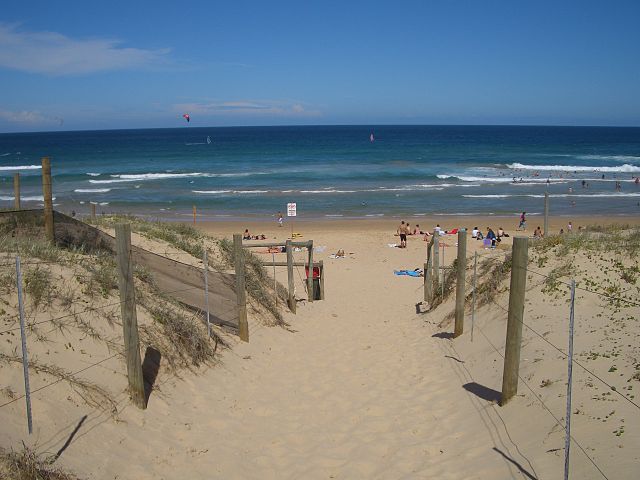
In January 1965, two 15-year-old girls were brutally assaulted and murdered on Australia’s Wanda Beach. Over the next year or so, there were a handful of other attacks on women in the area—but not only have the cases of assault and murder never been concretely linked, they’ve all gone unsolved.
On that day in 1965, teenage friends Christine Sharrock and Marianne Schmidt were sexually assaulted, stabbed, and attacked with a blunt object. The murders rocked their community—more than 14,000 people were interviewed during the investigation and 5,000 were considered persons of interest—but no arrests were ever made.
Not that there was a shortage of suspects. Some investigators believed the girls had been killed by one of the most notorious criminals in Australian history—convicted murderer Derek Percy. Another Australian serial killer, Christopher Wilder, was also strongly suspected. Wilder was eventually convicted of kidnapping, murder, and rape in the United States, where he fled after pleading guilty in a Sydney Beach gang rape case in 1962.
Today, it seems unlikely that anyone will ever be convicted of the murders—especially now that a key piece of evidence has been lost. Shortly after the murders, male DNA was found on the victims. It was almost certainly from the killer. But when Derek Percy died in 2013 and attempts were made to compare his DNA to the killer’s, investigators found that the DNA from the case had vanished from the Glebe forensics lab.
8Jean-Francois De Galaup De La Perouse

Born in France in 1741, La Perouse served in the Seven Years War and the American War for Independence, before exploring the Pacific as far as the eastern coast of Russia. In 1785, he was handpicked by the French government to head a scientific expedition into the Pacific, with the goal of fleshing out the work done by the famous Captain Cook.
During the voyage (planned to last four years), La Perouse landed on Easter Island, California, southern China, Japan, and Korea. By 1789, he had reached Australia and had written to France to confirm that he was on his way home. His expedition started toward New Caledonia, off the east coast of Australia—and simply disappeared.
A clue to his possible fate came when another ship’s captain discovered that natives on the island of Vanikoro were in possession of distinctly European items, including copper, cannons, and candlesticks. According to one unproven theory, La Perouse’s ships ran aground on a coral reef surrounding the island. The locals were unfriendly and the survivors may have built a small fort on the island. After a brief stay, it was said that the Europeans built themselves a boat and sailed away.
7What Happened To Australia’s Megafauna?
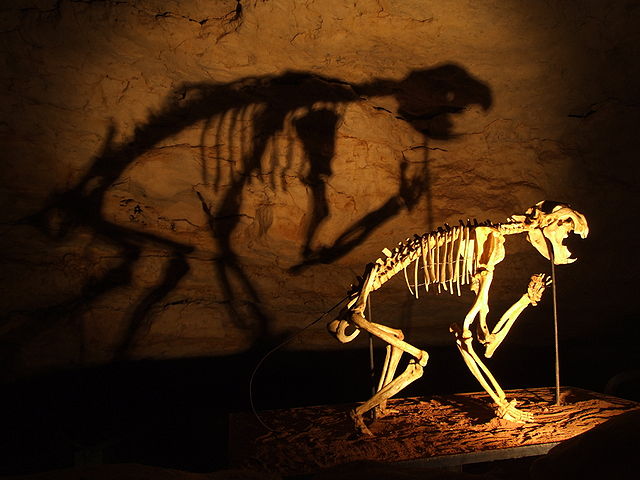
Long ago, enormous animals known as megafauna roamed across the world—woolly mammoths and the saber-toothed cats are probably the best known. There are plenty of theories as to why these giants went extinct. But something different happened in Australia.
Australia’s megafauna were once immense. There was Diprotodon, a massively ungraceful beast that was the world’s largest marsupial. Then there was Palorchestes, a long-necked marsupial resembling a giant anteater crossed with a cat. The Haast’s eagle was large enough to be a man-eater. There were wombats the size of rhinos and lizards as long as a bus.
And then they disappeared.
Based on the fossil record, Australia lost most of its megafauna about 13,000 years ago. That’s suspiciously close to when people first arrived on the continent, so it’s naturally been suggested that humans successfully wiped out the giant animals. But others find it rather unlikely that a smattering of small human settlements would be able to wipe out entire species of megafauna, and instead suggest that it was climate change that spelled the end for the massive beasts.
Adding to the mystery is the fact that other continents kept many large animals, such as elk, bears, elephants, and big cats. They’re not on the scale of ancient megafauna, but they’re still pretty big. By far the largest of the indigenous species left in Australia is the red kangaroo, with males reaching up to 1.5 meters (5.3 ft) tall and weighing about 90 kilograms (200 lb). So we’re left wondering why Australia ended up without anything like the giant creatures found in the rest of the world.
6Where Is Ned Kelly’s Skull?
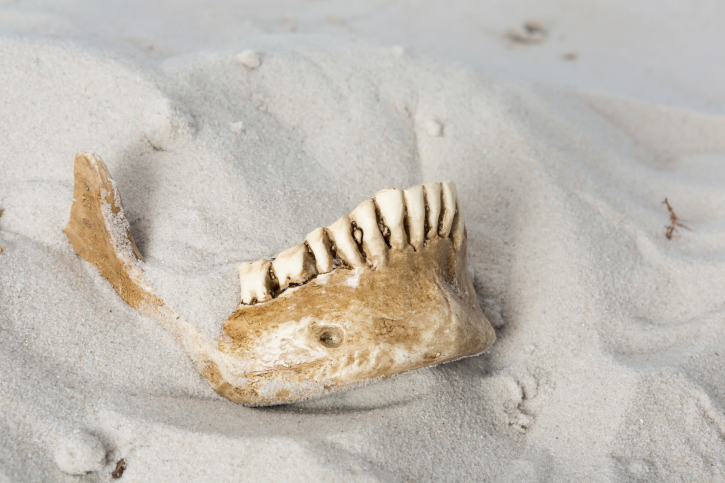
Ned Kelly is a genuine Australian icon. Born in Tipperary, Ireland and shipped Down Under for stealing pigs, Kelly served out his sentence and stayed in Australia. Accusations of horse and cattle theft cemented the Kelly family’s dislike of law enforcement, and it wasn’t long before playing cat and mouse with the police turned into murder. Kelly was hanged at the Melbourne Jail on November 11, 1880.
Originally buried in the cemetery there, his remains were dug up and moved in 1929. It was probably then that his skull vanished—and no one’s really sure what happened to it. According to one story, the skull made the journey with the rest of his bones but was later dug up, used as a paperweight, and stolen again in the late 1970s.
According to that theory, the skull ended up with a farmer, who kept it in a Tupperware container on a riverbank before returning it in 2009. But a recent DNA comparison has experts convinced that the farmer’s skull isn’t Ned’s at all. A self-proclaimed witch in New Zealand now claims that one of the skulls in her alarmingly large collection is Ned’s. It’s also been speculated that the skull was taken by a noted phrenologist who was present at his autopsy. Or perhaps a Catholic clergyman ended up finding the skull and giving it a proper burial. There’s certainly no shortage of theories, but there is certainly no clear consensus as to where the skull ended up.
5What Happened To Dan Kelly?
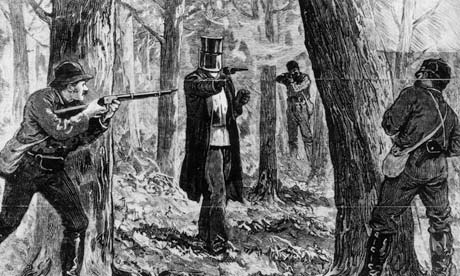
When law enforcement first came for Ned Kelly, his brother Dan was the first to join him in the outback. Along with Steve Hart and Joe Byrne, Dan become a key member of the notorious Kelly Gang. The gang met its end after a famous shoot-out outside a hotel in Glenrowan, during which they donned homemade metal suits of armor. Ned was captured after being shot in the legs, while Joe Byrne was killed by a shot to the groin. Dan Kelly and Steve Hart were found dead inside after a fire broke out in the hotel. Even the official story is uncertain about what happened to them, and it’s never been clear whether they were killed by the police or committed suicide.
But according to others, Dan Kelly survived the shoot-out—the two bodies recovered were simply unfortunates who had been drinking in the hotel at the time of the fire. Although a Kelly sister identified one of the bodies as her brother by his irregular teeth, Ned Kelly himself later hinted that there was no actual proof that his brother had been killed.
In 1933, a man who had been living under the name James Ryan approached a newspaper office and claimed to be the real Dan Kelly. He claimed that he had escaped the fire, waited for his burns to heal, and eventually ended up living in a hut in Queensland. The confession became a massive story, and people who had known the Kelly family were never able to successfully disprove his claims. The supposed Dan Kelly spent decades insisting that his brother had been innocent of the horse theft charges that had first gotten him into trouble. He claimed that was why he had come forward—he thought the statute of limitations was up, and he wanted to set the record straight about his brother.
Ryan died on July 29, 1948, still insisting that he was really Dan Kelly.
4Bertha Schippan
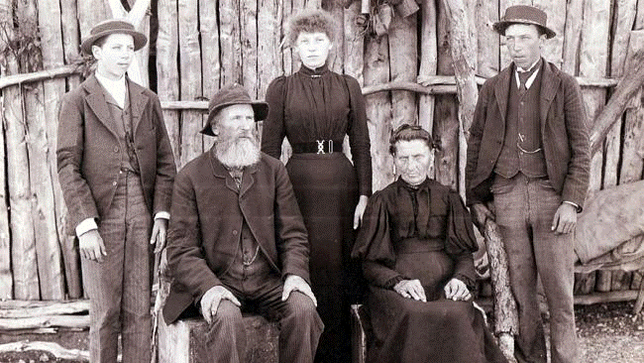
On New Year’s Day 1902, 14-year-old Bertha Schippan was brutally murdered. Today, more than a century later, it remains one of Australia’s most mysterious unsolved murders.
With their parents away visiting relatives, Bertha and her brothers had been left in the care of their 25-year-old sister Mary. According to Mary, she was awakened in the middle of the night when Bertha’s body fell on top of her. She panicked and roused her brothers, who ran to get help, summoning the local policeman after their closest neighbors refused to give assistance. Bertha had been brutally murdered, her throat slit five times.
Mary was ultimately put on trial for the murder of her sister, even though the evidence presented against her was pretty circumstantial. Dried blood was found on her clothes, but her family explained that she had been helping to slaughter sheep in the days before the murder. The prosecution pointed to the fact that Mary had washed her hair as evidence of her guilt—clearly, she had been washing the blood out of it.
Mary’s supposed motivation was her relationship with a man named Gustave Nitschke. It was speculated that Bertha might have discovered the relationship and threatened to tell Mary’s parents. Nitschke confessed to the relationship on the stand (the crowd were ushered from the room first, so they weren’t offended by the revelation), destroying Mary’s reputation in the process.
But sympathy increased for Mary as the trial wore on, and the courtroom erupted in cheering when the jury pronounced her not guilty. The case remains unsolved to this day.
3The Madagascar
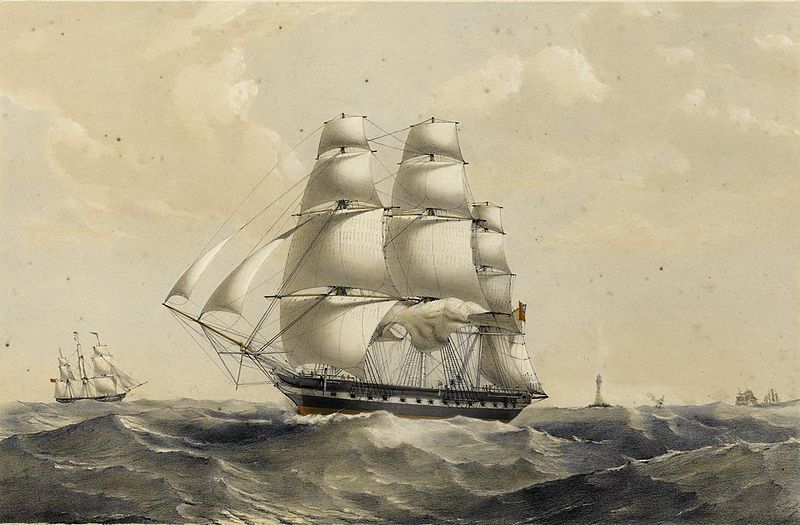
Captained by the delightfully named Fortescue Harris, the Madagascar departed from Melbourne in 1853. Destined for England, her cargo included at least three tons of gold. Despite several claims to the contrary, the ship was never seen again.
The Madagascar had been due to stop over at Cape Horn, but never arrived—narrowing her disappearance to somewhere between Australia and the southern tip of Africa. Other than that, there aren’t many concrete clues.
We do know that there were probably quite a few shady characters on board the ship. The captain had lost a number of men to the gold rush that was gripping the area and he’d picked up a new crew to replace them—including a pair of notorious bushrangers who were arrested before the ship set sail. One very plausible theory is that there was a mutiny on board and the ship was seized. But then was it taken somewhere else? Offloaded? Boarded by pirates? Sunk by another ship or run aground on an atoll? No one knows for sure, but the Madagascar remains an intriguing prize for any treasure hunter.
2The Wonnangatta Murders
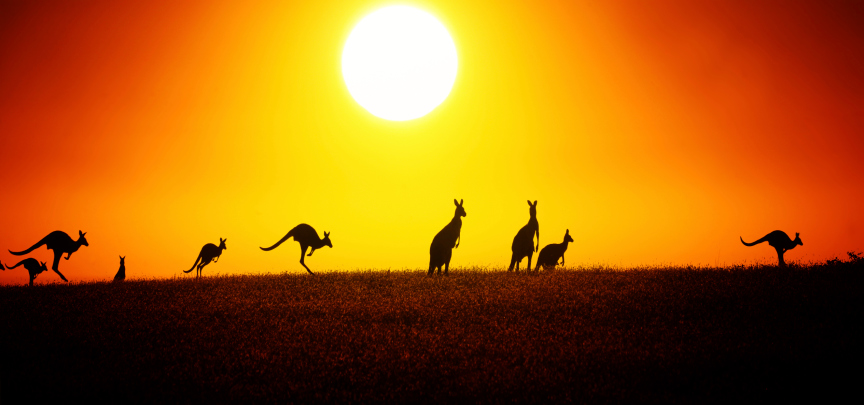
During the 1850s gold rush, the Wonnangatta cattle station was one of the most remote Australian outposts. By 1914, the station’s original owners were gone, and new owners appointed a man named James Barclay to manage it. It was a lonely posting, but Barclay didn’t seem to care, having already lost his wife to tuberculosis.
Eventually, Barclay hired a cook named John Bamford. Bamford was clearly erratic and hot-tempered and Barclay was cautioned against his choice, but once Bamford got to the station, everything seemed to go well. However, by the new year there was no sign of either man, and the nearest neighbors started to get worried. A few days of searching turned up Barclay’s body, poorly buried after he was shot in the back. It seemed clear that the cook had murdered him—until Bamford’s body was found buried a few miles away. He had been shot in the head.
To add to the mystery, detectives sent out from Melbourne made a startling discovery. It was a long ride out to the crime scene, and they attempted to fix themselves something to eat once they arrived. When the food turned an unsettling color, they found that a jar marked “pepper” was actually full of strychnine.
To this day, no one knows what happened to the two men, or why their pepper had been replaced with poison. Theories range from a confrontation with cattle thieves to a run-in with a jealous husband, but nothing has ever been proven.
1Juanita Nielsen
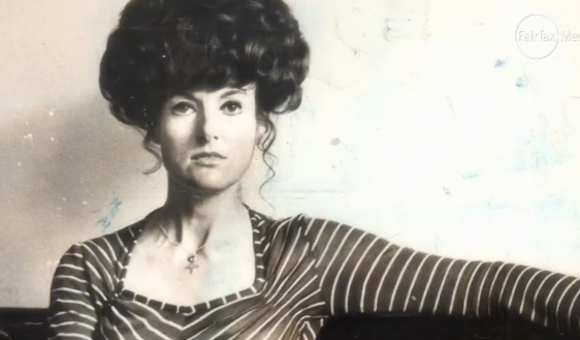
Juanita Nielsen disappeared in 1975, and while two people were ultimately convicted for a failed attempt to kidnap her, she was never found and no one was ever tried for her disappearance.
Nielsen was one of Australia’s most prolific young activists. Owner of a fashion boutique, model, journalist, and overall trendsetter, Nielsen campaigned vigorously to help stop the historical districts of Sydney’s Kings Cross neighborhood from being demolished to make way for modern developments.
Nielsen was last seen on July 4, 1975, visiting a rather shady nightclub called the Carousel to discuss advertising in her local magazine. The general consensus is that she was targeted by the developers whose plans she was campaigning against.
In 2013, Eddie Trigg, an employee of the Carousel and a strong suspect in Nielsen’s murder, passed away. As the last person known to have seen Juanita before she vanished, it’s likely that he took the secret to her disappearance with him. It was rumored that Trigg had been writing a tell-all book, but it hasn’t been found. And neither has Nielsen.
Her memorial cross stands in the family plot in the South Head Cemetery in Vaucluse.



